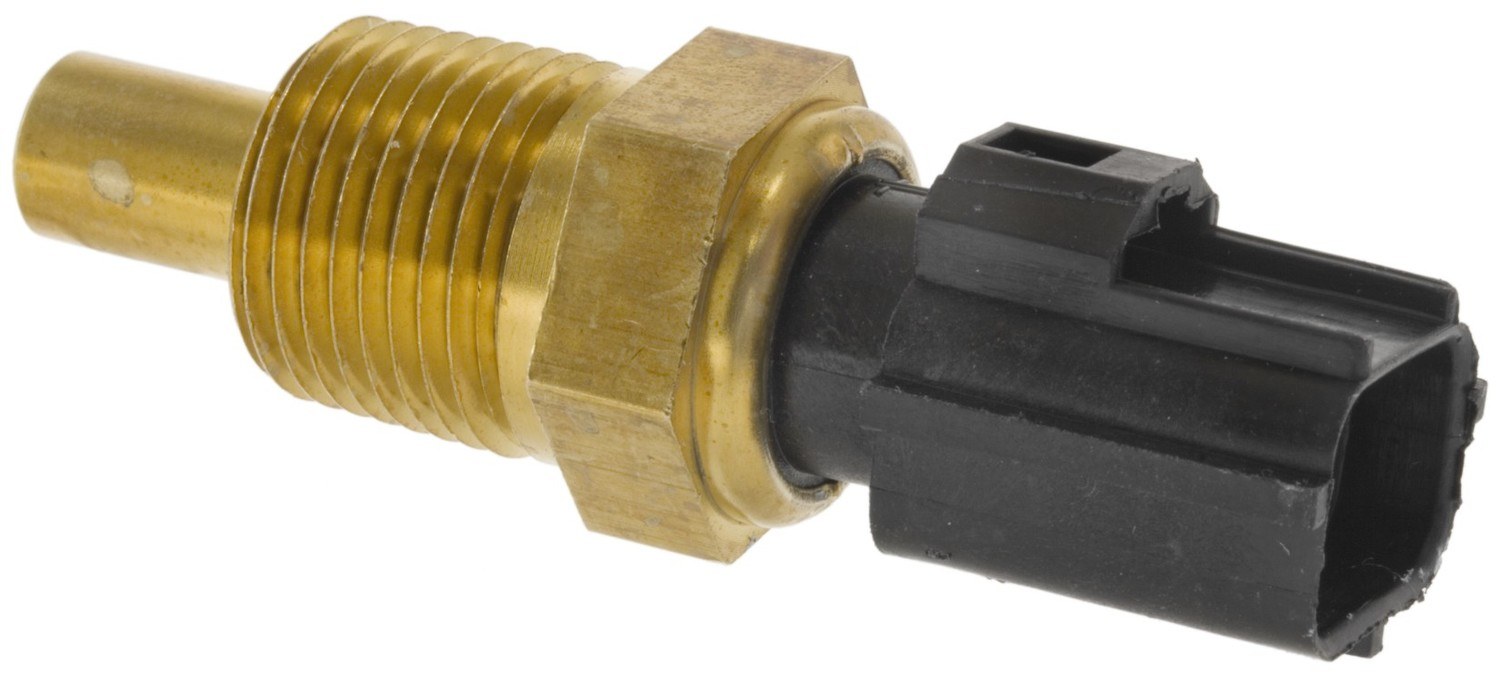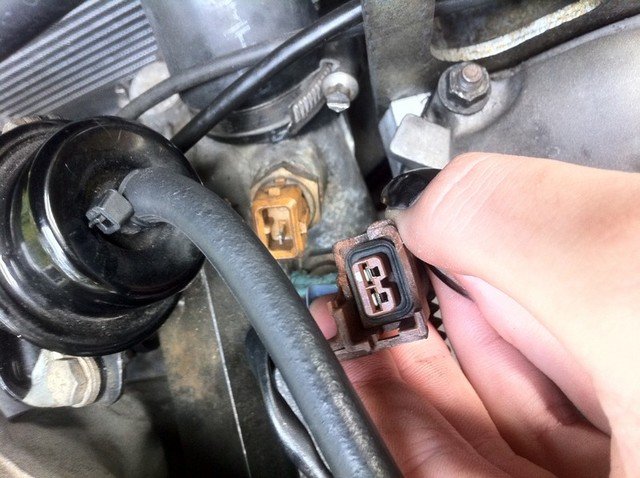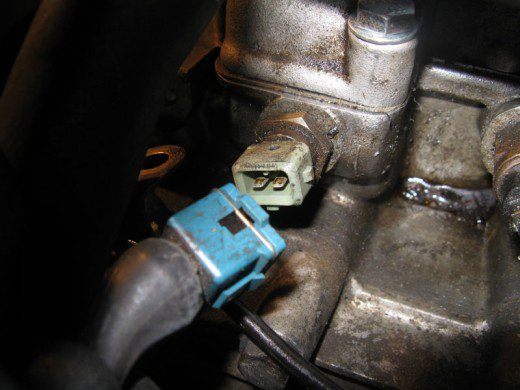Engine Coolant Temperature Sensor Systems
This article aims to explain:
What engine coolants are? How coolant temperature sensor systems work? Are engine coolants necessary? What type of temperature sensors system are common in car engine thermostat? How to check and replace sensors?
Well, if you have ever wondered which device gives your car engine a smart thermal control feature, you may have guessed the thermostat. Guess again. Car engines are designed in such a way that their performance can be altered consequently by varying degrees of temperature emanating from the engine block. This is monitored/controlled by engine coolants and coolant temperature sensor systems. But first, in order to explain the concept of how engine coolant temperature sensor systems work, you need to understand how and why heat has been produced first.
When a car engine runs, it combusts fuel in its ICE chambers (Internal Combustion Engine). The gasses expand, and the increase in volume forces the pistons to move and crank. Heat is given off in the process of this combustion. Continuous combustion of fuel together with mechanistic friction generated by moving engine parts result in cumulative heat building up in the engine block. A temperature coolant and sensor system, therefore, accounts for the detection of increasing temperature, a method of heat loss and thermal compensation.
What is an Engine Coolant?

Via: partsplus.com
An engine coolant is a liquid that draws heat from an engine to the radiator through the cooling tubes. Coolants are water-based liquids that are they have to mix with water in a 50-50 ratio before they can be used. When engine coolants draw heat from the thermostat, they become hot in the process of heat exchange. The coolant is then circulated to the radiator where it can be cooled by air flow. Engine failures often result from overheating. An engine coolant is therefore used to ensure that the engine is run at optimal temperature.
How to Check/Replace your Engine Coolant:
This is a very important practice if you desire that your engine has a better life span. Coolant levels should be checked weekly, and if need be, a top up or fluid replacement should be performed.
1. To Check/Top up
- A coolant reservoir/expansion tank is used to hold the coolant fluid. Try to locate the coolant reservoir tank located around the coolant system. A manual might be helpful.
- Ensure that the engine is cold before you unscrew the cap. Gauge the coolant level with the marker on the body of the tank and screw the cap back. In maintaining your engine coolant levels, it is important to locate the coolant fluid reservoir correctly. Do not confuse it with the brake fluid or transmission fluid container as that might be disastrous.
2. To Replace
- It is more advisable to buy coolants that have been premixed with water in the proper ratio. Locate the reservoir for coolants carefully and pull out the filler cap. You may want to flush the container out first if dirty. Pour in the coolant and ensure to fill it up to gauge. Gauge level is between the minimum and maximum levels in the reservoir.
Coolant Temperature Sensor System
This is a system that measures the temperature of the engine coolant used in an engine block. It operates by transducing temperature to electrical resistance signals. The signals from the sensor system are fed into the engine control unit known as the ECU. The Engine control unit uses information of the temperature sensor to adjust fuel injection rate, vary valve and ignition timing, and control transmission shift. A coolant sensor is located very close to the thermostat of an engine block, though it depends on engine design and model. Apart from adjusting injection rate to regulate engine temperature, the information gotten from the sensors may be displayed to the driver dashboard for the temperature gauge.
Types of Engine Coolant Temperature Sensors
There are two major types of sensors, the PTC and the NTC
- NTC means Negative temperature coefficient: this kind of sensors operate by decreasing the resistance of the system as the temperature rises. As temperature fall
- PTC is the positive temperature coefficient: its function of operation is linear in that the resistance signal increases with increases in the temperature. For most brands of automobiles, the NTC sensor is the more common.
How does Both Coolant and Sensor System Control Engine Heat?

Via: pelicanparts.com
Engine models differ in design and architecture. Most basically involve the coolant temperature sensor located close to the cooler outlet. Contact points known as sensors are used to detect the temperature changes in the coolant fluid. The temperature change is converted to an electrical signal via an internal circuit. This signal is fed into the PCM (Powertrain Control Module). The PCM controls many of the engine functions such as fuel and ignition. The readings are displayed as an informative gauge on the dashboard. The coolant temperature sensor affects engine to function in a number of ways. These include:
- Begin fuel enrichment
- Picks up or inhibits engine spark
- Control of the cooling fan for radiator function
When is Your Coolant Temperature Sensor Faulty or Overused?

Via: axleaddict.com
Temperature sensor systems are placed in car bodies for an important purpose. Its absence could mean that your engine would go on heating up as it is running. This can be very destructive to the engine parts. It is important to watch out for symptoms that show that your temperature sensor is going bad. What you would notice may/should include:
- An engine that overheats: the easiest noticeable sign of sensor malfunction is overheating of the engine. This results in the coolant temperature sensor sending in reverse signals (of real engine temperature) to the thermostat leading to negative compensations from the thermostat controller and ECU.
- An engine that oozes off dirty smoke: failure of the coolant sensor may lead to the thermostat detecting a cold engine. This would cause it to inject excessively fuel rich mixture to the cylinder such that improper combustion occurs. This causes black smoke to be given off.
- An engine that eats up much fuel: this is also a well noticeable symptom. If a coolant temperature sensor fails, it may give off wrong signals to the thermostat and computer control systems. This can cause the thermostat to adjust and compensate a normally hot car for hotness by increasing fuel injection.
- Engine light: a damaged sensor system can cause the engine to go into abnormal performance. This would trigger the computer systems and bring on the engine light
An Engine coolant temperature sensor systems work on the principle of change in current/voltage with temperature. Sensors are indispensable in the functioning of an engine because they monitor energy loss/gain. In modern engines, computer controlled systems are employed.

